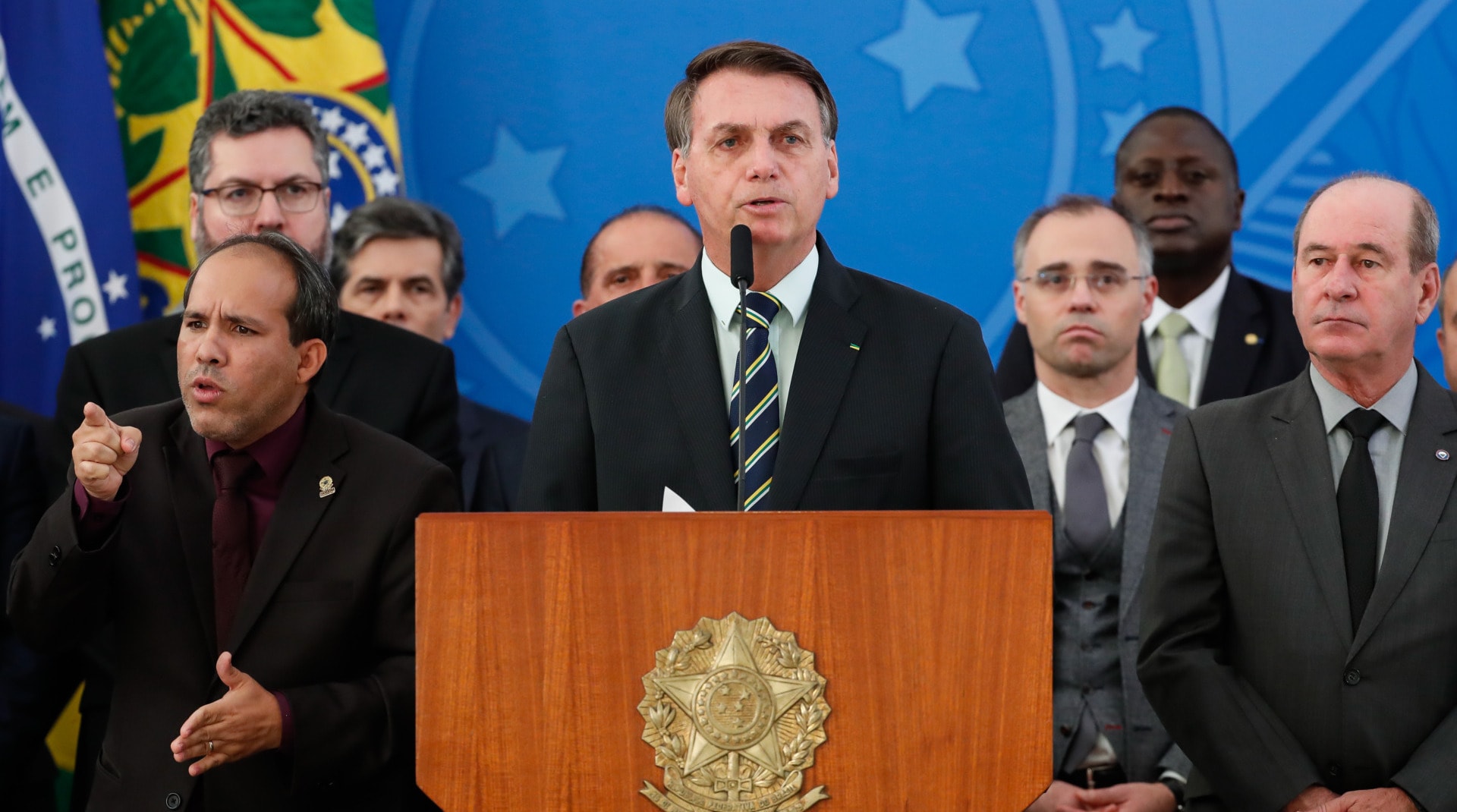We live in an era where climate change will increase the number and severity of natural disasters — impacting more communities. Drought, wildfires, extreme heat events, and hurricanes will continue to afflict communities. This increase will occur not only in traditional “hot spots,” but in new places as a result of climate change’s impact on risk profiles. Coupled with these traditional threats come new crises such as energy security and digital system breakdowns. These new threats will not only diversify the kind of preparation and response needed, but also impact broader populations.

We know that the actions of governments and the private sector in the preparation for and response to major events are under increasing scrutiny and pressure from the public. People hold high expectations and are unforgiving of breakdowns and failures. Most public expectation is centred on the idea of a “CSI style control room” managing all threats with ease to keep the community out of harm’s way. We need only think of examples like Hurricane Katrina and the Japanese Tsunami and nuclear disaster to understand that things can go very wrong.
In the wake of major disasters, significant reviews identify systematic improvements for the future. Yet these reviews are often consigned to the annals of history.
The management of these events is complex and uncertain. Public authorities have differing levels of resources to confront these high consequence events, and outcomes can differ wildly. In the wake of major disasters, significant reviews identify systematic improvements for the future. Yet these reviews are often consigned to the annals of history. Major events may occur many years down the line, and despite best efforts the same outcomes may be repeated.
Community resilience and the co-production of knowledge and response capacity has become a critical part of disaster management. Given the established limitations around what public authorities can do, fostering a resilient community is central to improving crisis outcomes. Particularly in cases where help may not arrive for hours or even days.
Communities prepare and respond to disasters in many ways; think about local wild fire brigades staffed by volunteers on the frontlines of infernos. The missing piece is how we translate lessons learned from the past at a local level. We must retain and pass down these lessons through generations. Digital technologies can help.

People have succeeded in passing down these lessons in the distant past and in more recent times. If we look at Japan as a case study, ancient markers of previous tsunami levels were used to demonstrate the impact of rising water levels. A more recent examples is the JAL crash museum, which serves as a perpetual reminder of one of the biggest air disasters. The museum reminds us of the past, and also creates eternal vigilance about the consequences of process failures.
If we think about applying this idea, of remembering information for the sake of community resilience in the face of future disasters, a number of things become clear. Aside from formal records, created in the wake of major disasters by commissions and post-event inquiries, information captured at the local level is just as, if not more important for fostering community resilience. The rise of digital technologies allows us to collect information in real time and store it in a way that is accessible in the future. The key is undertaking the post-event analysis shortly after the event. As times goes on memories fade, along with clarity, and the ability of those who actively participated to contribute to the analysis.

We may also need to consider lessons learned in the context of time. Major events may be separated by years or even decades, and the audience who learns from them may have a different perspective than the current generation. Keeping this in mind is a major step towards future impact.
Remember to catalogue what worked in terms of community resilience and the overall response. More often than not people tend to forensically examine what went wrong. Yet there is a significant body of knowledge related to things that went right, based on planning around community resilience. Don’t forget what worked, as it’s just as important, and can help create a positive cycle of learning.
Editor’s Picks — Related Articles:
 “Preventing Wildfires: Interview With Pau Costa Foundation”
“Preventing Wildfires: Interview With Pau Costa Foundation”

“Infrastructure Sustainability & Resilience in Rural America”
Share your experiences with a broader audience. Although these events often seem localised there can be eerie similarities in how they played out and their consequences. In the context of a global village, we need to consider ourselves as part of a broader ecosystem, particularly as disasters become the norm rather than the exception.
Finally, we need to confront the reality that not everything will go right all of the time. There will be times when things go wrong, when every eventuality is not covered, and the consequences are severe. Yet by creating a legacy of learning and passing on what we learn, we equip not only future local communities, but others across the world who may be facing similar challenges.
















